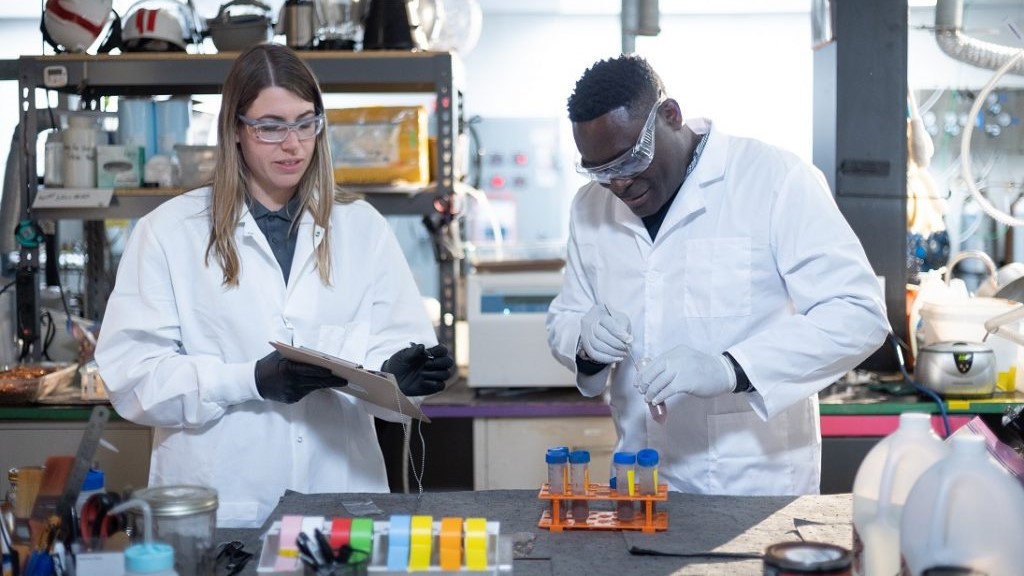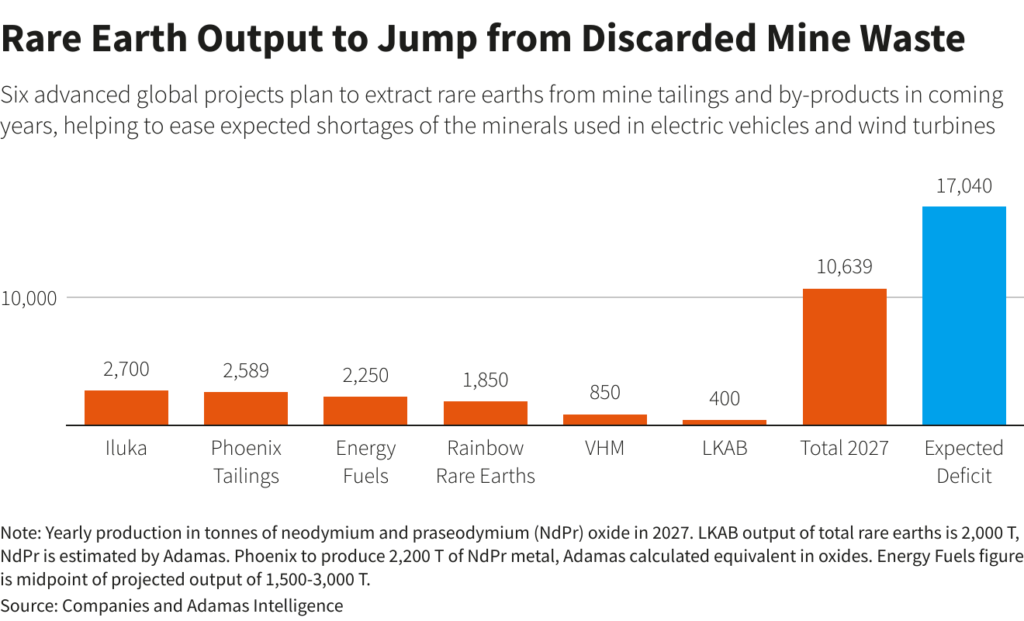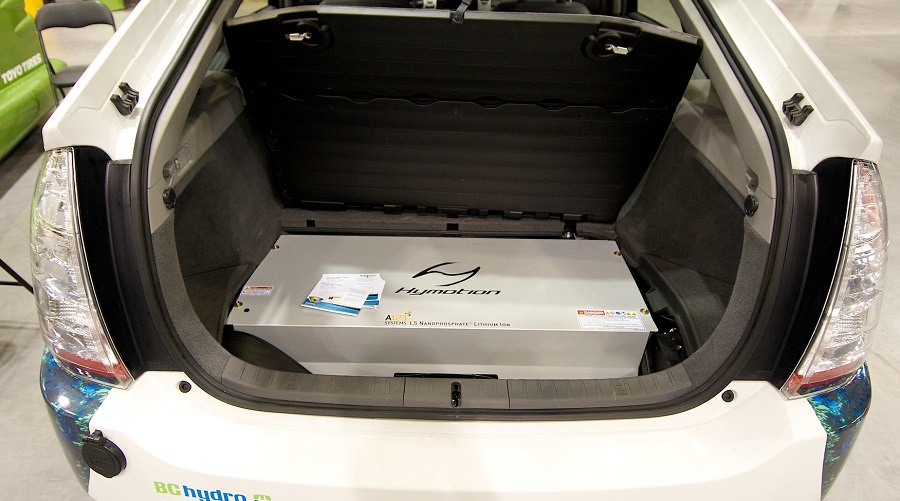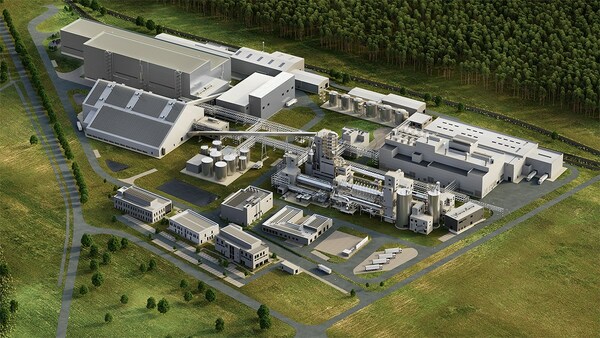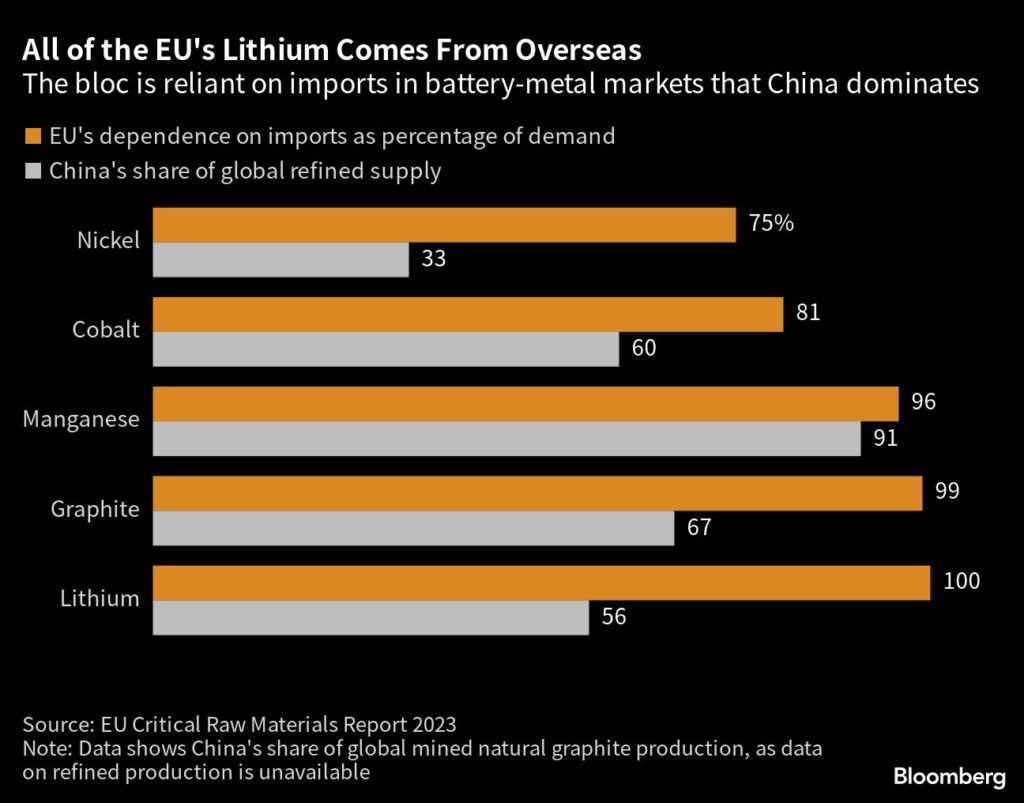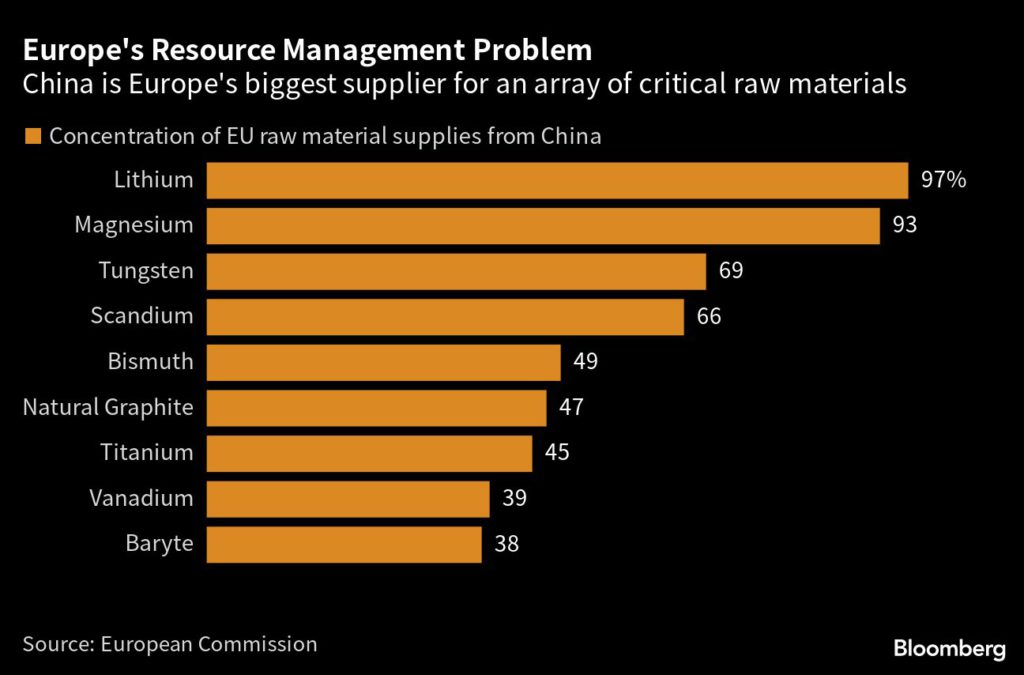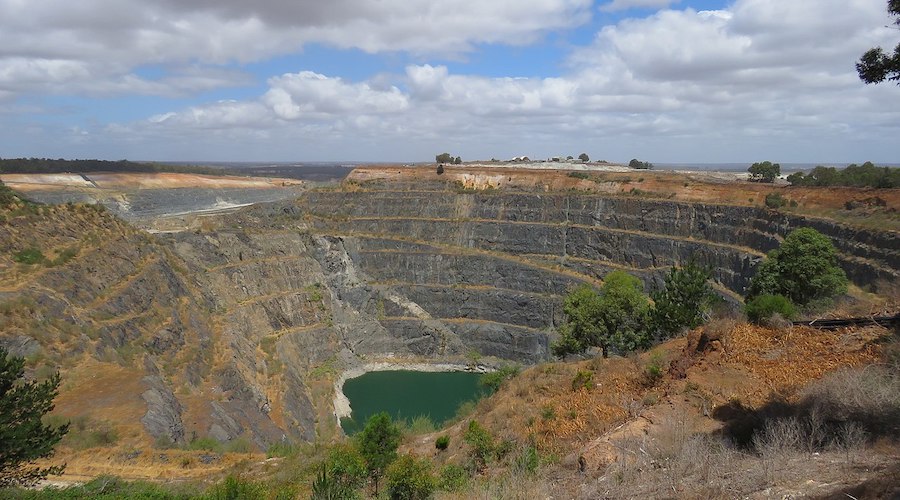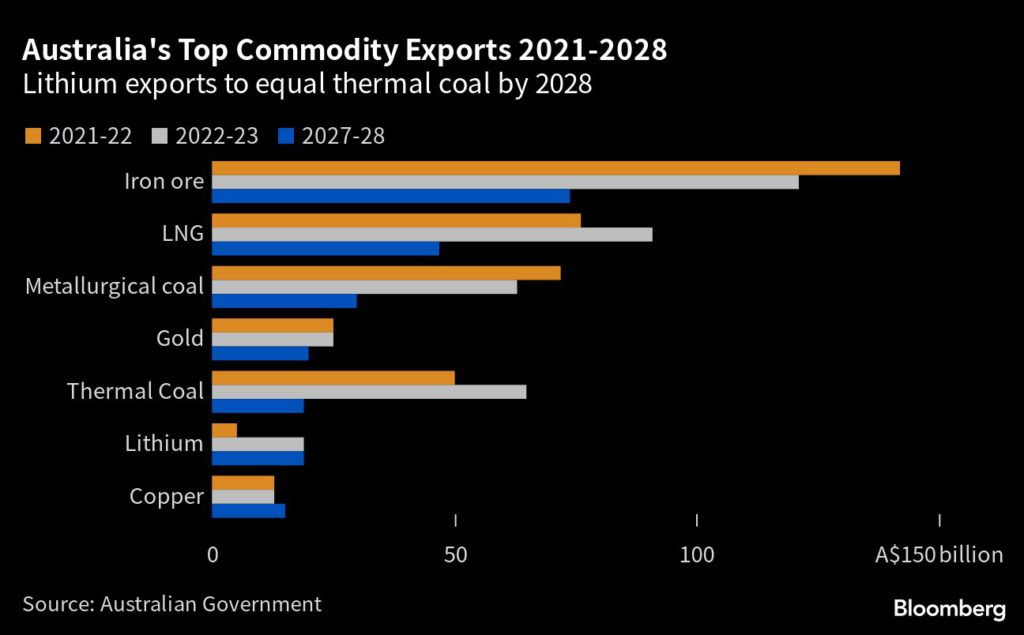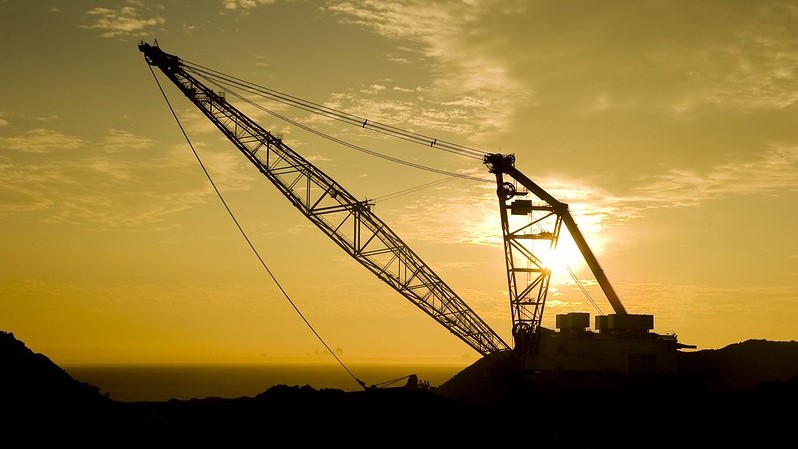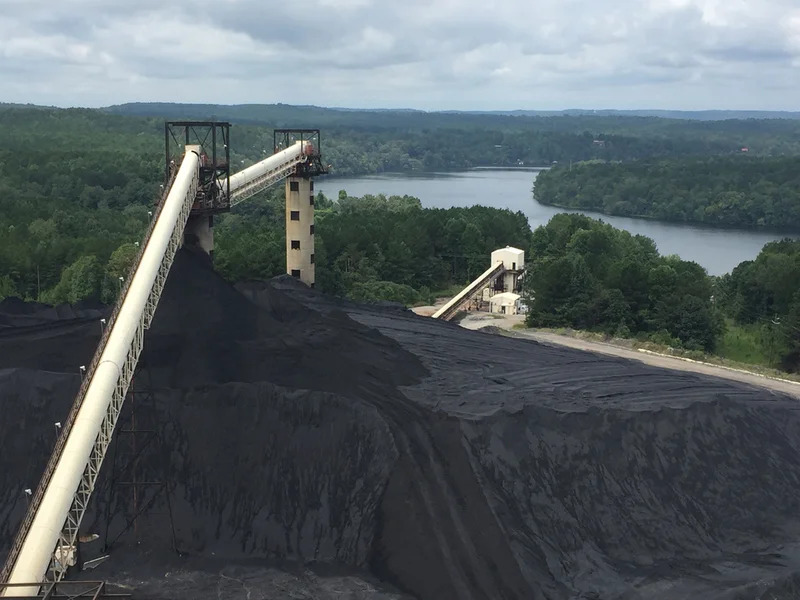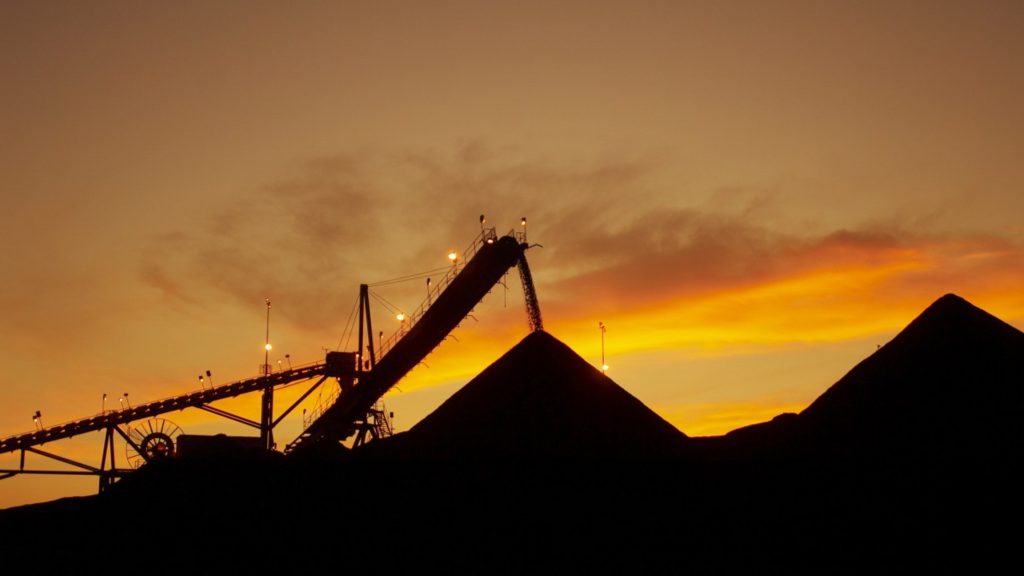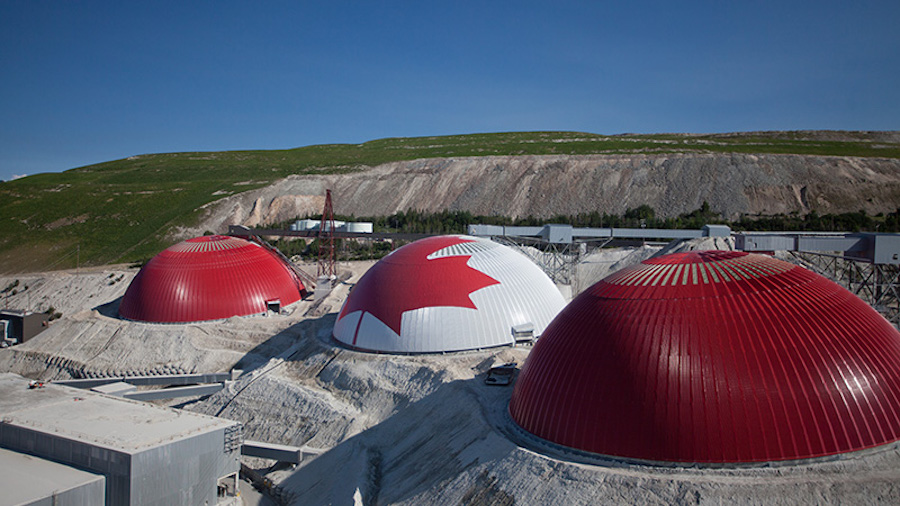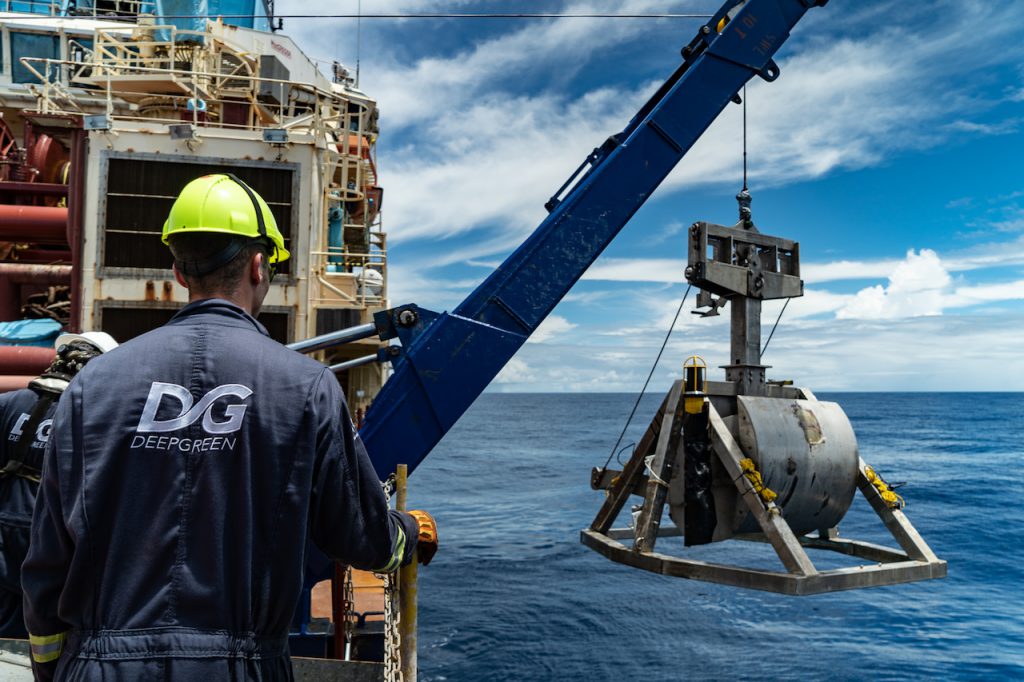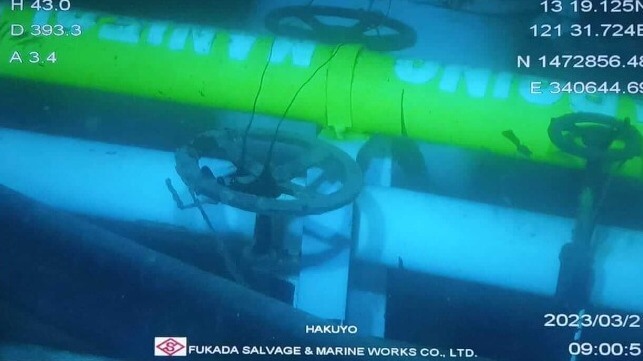Reuters | April 3, 2023 |
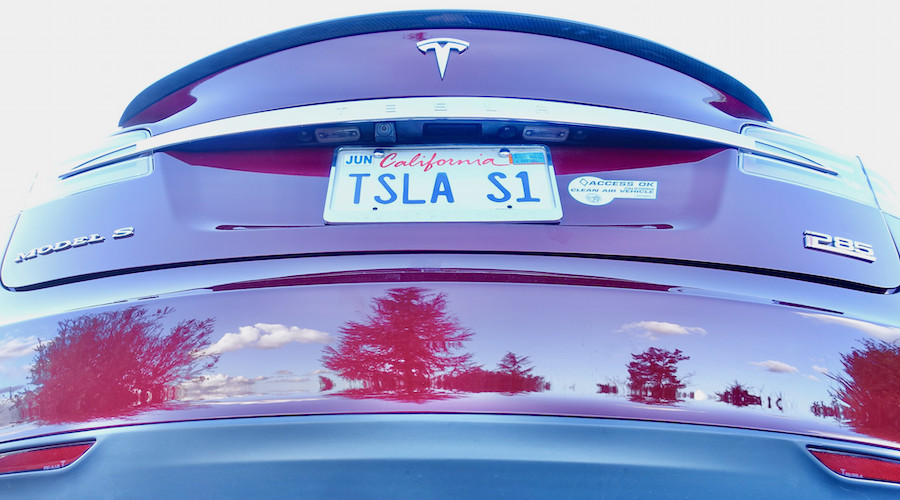
The first Tesla Model S. (Image by Steve Jurvetson, Flickr).
Rising demand for electric vehicles (EV) around the world is encouraging automakers such as Tesla Inc, Volkswagen and Stellantis NV to step up efforts to secure raw materials needed for making batteries.

Following are some of the deals major automakers have announced with suppliers and miners:
TESLA
26-Aug-2022 – Panasonic Holdings Corp, a supplier to Tesla, is in talks to build an additional EV battery plant in the United States at a cost of about $4 billion.
01-Mar-2022 – Australia’s Core Lithium will supply up to 110,000 dry metric tonnes of Spodumene concentrate, a chief source of lithium, over four years starting in the second half of 2023.
01-Nov-2021 – China’s Ganfeng Lithium will supply undisclosed volumes of battery-grade lithium for three years starting 2022.
22-July-2021 – Australia’s BHP Group will supply nickel from its plants in Western Australia. Quantities, timing not disclosed.
VOLKSWAGEN
26-Sept-2022 – Volkswagen announced a $2.9 billion battery parts joint venture with Belgian materials firm Umicore, becoming the latest European automaker to bring battery supplies closer to home in the shift towards electric vehicles.
23-Aug-2022 – Volkswagen intensified efforts to secure access to key battery materials lithium, nickel and cobalt by striking a cooperation agreement with top supplier Canada. No financial details were disclosed.
08-Dec-2021 – Vulcan Energy Resources will provide lithium hydroxide for five years starting 2026. Vulcan extracts lithium from geothermal sources in Germany’s Upper Rhine Valley region.
08-Dec-2021 – Belgium’s Umicore will supply cathode materials for Volkswagen’s European battery cell factories under a joint venture. It will start production in 2025 with 20 gigawatt hours for the carmaker’s plant in Salzgitter, Germany.
STELLANTIS
10-Oct-2022 – Carmaker Stellantis has signed a non-binding preliminary agreement with GME Resources to secure supplies of nickel and cobalt sulphate for electric vehicle batteries.
24-June-2022 – Stellantis will invest 50 million euros ($50.3 million) to buy an 8% stake in German-Australian start-up miner Vulcan, becoming its second largest shareholder and extending a lithium supply agreement to 10 years.
2-June-2022 – Controlled Thermal Resources will supply up to 25,000 metric tons per year of lithium hydroxide over 10 years from a project in California.
29-Nov-2021 – Preliminary deal with Vulcan for lithium produced using geothermal energy from Germany. Over five years starting in 2026, Vulcan will supply 81,000-99,000 tonnes of battery-grade lithium hydroxide.
RENAULT
1-June-2022 – Moroccan miner Managem will supply 5,000 tonnes of low carbon cobalt sulphate under a seven-year deal starting from 2025.
21-Nov-2021 – Vulcan will supply 26,000-32,000 metric tonnes of battery-grade lithium chemicals for initial six years starting 2026.
08-Oct-2021 – MoU with Finnish nickel and cobalt miner Terrafame to supply nickel sulphate. Quantities and timeline not disclosed.
MERCEDES BENZ
23-Aug-2022 – Mercedes-Benz strikes cooperation agreement with Canada to secure access to lithium, nickel and cobalt. It will explore a strategic partnership with Rock Tech Lithium (RCK.V) which would supply the carmaker and its battery partners with up to 10,000 tonnes of lithium hydroxide a year from 2026.
BMW
5-Aug-2022 – BMW signs a non-binding memorandum of understanding with European Lithium Ltd for the supply of lithium hydroxide.
7-June-2022 – U.S. startup Lilac Solutions, backed by BMW, was competing for mining partnerships in Bolivia to tap into the world’s largest resources of lithium.
TOYOTA
1-Aug-2022 – A joint venture of Toyota and Panasonic will buy lithium from ioneer Ltd’s Rhyolite Ridge mining project in Nevada to build EV batteries in the United States.
04-Oct-2021 – BHP Group will supply nickel sulphate from Western Australia to Toyota and Panasonic’s joint venture. Details were not disclosed.
GENERAL MOTORS
3-Aug-2022 – GM makes prepayment of $198 million to Livent Corp for a guaranteed six-year supply of lithium from 2025 at a contractual price per tonne. Volume not disclosed.
02-July-2021 – GM will make a “multimillion-dollar investment” in and help develop Controlled Thermal Resources Ltd’s Hell’s Kitchen geothermal brine project near California’s Salton Sea. The project could be producing 60,000 tonnes of lithium – enough to make roughly 6 million EVs – by mid-2024.
12-April-2022 – Miner Glencore will supply cobalt, secured from its Murrin Murrin operation in Australia, to be used in GM’s Ultium battery cathodes. Details were not disclosed.
FORD
22-July-2022 – Ioneer Ltd signs binding offtake agreement with Ford to supply lithium from Rhyolite Ridge in Nevada.
14-July-2022 – Ford Motor, SK On and SK Battery America create joint venture to build and operate an EV battery plant in Tennessee and two plants in Kentucky.
29-June-2022 – Australia’s Liontown Resources will supply up to 150,000 dry metric tonnes per year of spodumene concentrate, a source of lithium, from its Kathleen Valley project in Western Australia for five years starting 2024.
11-Apr-2022 – Ford signs preliminary deal to purchase 25,000 tonnes of lithium annually from Lake Resources’ Kachi project in northern Argentina.
22-Sept-2021 – Ford partners with startup Redwood Materials to form a “closed loop” or circular supply chain for electric vehicle batteries, from raw materials to recycling.
($1 = 0.9939 euros)
(By Bartosz Dabrowski, Ina Kreutz, Agnieszka Gosciak, Tristan Chabba, Dagmarah Mackos, Anastasiia Kozlova, Nilanjana Basu, Yuvraj Malik and Kannaki Deka; Editing by Susan Fenton and Bernadette Baum)
